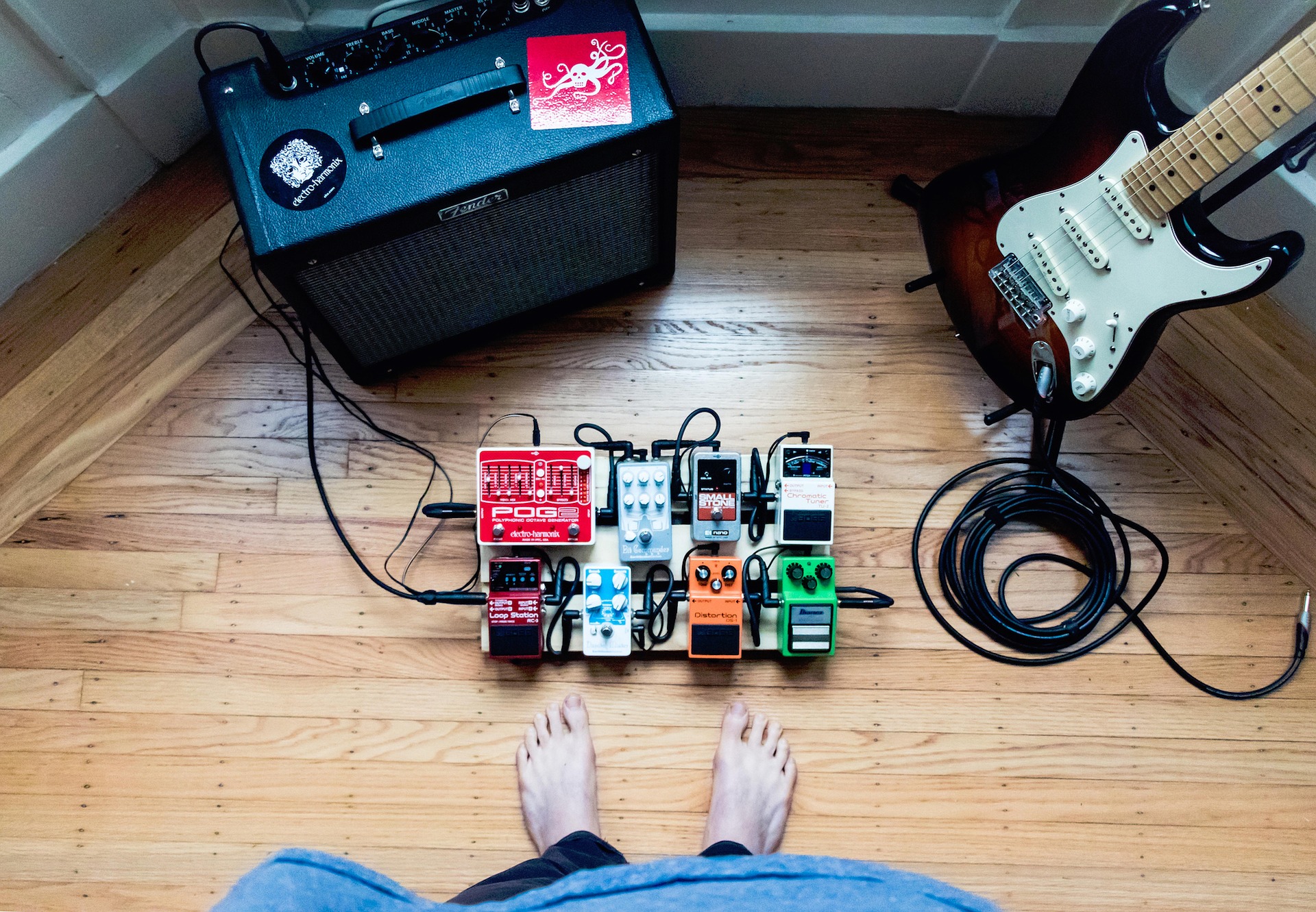Safety is a top priority when dealing with electrical equipment. While it’s easy to avoid the electrical wiring for your lights and outlets – after all, the wires are hidden behind the outlet covers and in the walls – we cannot avoid interacting with the cables and cords that power appliances and devices. These cords are not only electrical hazards but tripping hazards as well. Here are twelve steps to electrical cord safety to make sure your home and family are secure.
- Cords need to release the heat from the electricity they’re transporting. If they overheat, the wires could burn through the protective coating and start a fire. For this reason, you should never cover wires with a rug or blanket.
- Loose or dangling wires are just asking to be tripped over. Whenever possible, secure cables and keep them from hanging in the path of people or pets walking by.
- Use only plastic hooks or clips designed for hooking cords to the wall. Never attempt to affix wires with nails or a staple gun–it’s likely the cord will be punctured, and the electricity will flow to the metal, creating the possibility of a shock or fire.
- Wires and cords should never be allowed to touch metal appliances like pipes or radiators. Not only could the wires electrify the objects if exposed, but the heat from a radiator would melt the insulation.
- Stay within the maximum wattage of your outlets and extension cords–overloading them can cause the breaker to trip or the outlet to spark.
- Avoid forcefully bending, crimping, or shoving wires. When they’re excessively bent or pressed, the protective insulation weakens and can split, exposing the wires underneath. The wires may then fray or get damaged and increase the risk of a shock.
- Stringing together extension cords is not a good idea. As they are attached, they lower the wattage that each cord can handle, which leads to the insulation melting and risk of fire. Extension cords come at various lengths; it’s best to choose one long enough for the purpose you need.
- Similarly, don’t use an extension cord in conjunction with a power strip.
- Homeowners can use some extension cords outside, but some cords can only be used inside. Be sure to properly read the directions for use before using an extension cord outdoors.
- Use an adaptor to plug a three-pronged plug into a two-pronged outlet. Never attempt to remove the third prong to make it fit.
- When removing an appliance cord from an outlet, remember to pull on the actual plug; avoid tugging on the wire. By pulling on the wire to extract the cord, you weaken the joint in the insulation where the plug attaches to the wire covering. By repeatedly pulling on the cord, you increase the chance of ripping the insulation and exposing the wires.
- Bundle groups of wires together for aesthetics and to keep them from becoming tangled.
Cords and wires are necessary for everyday life. However, we must be sure to take precautions when storing and organizing them so that they pose as little of a hazard as possible.
Promise Electric is a team of master electricians dedicated to providing exceptional service to Sarasota home and business owners. If you are looking for a professional team of electricians for an assessment, project or renovation, call us today.



